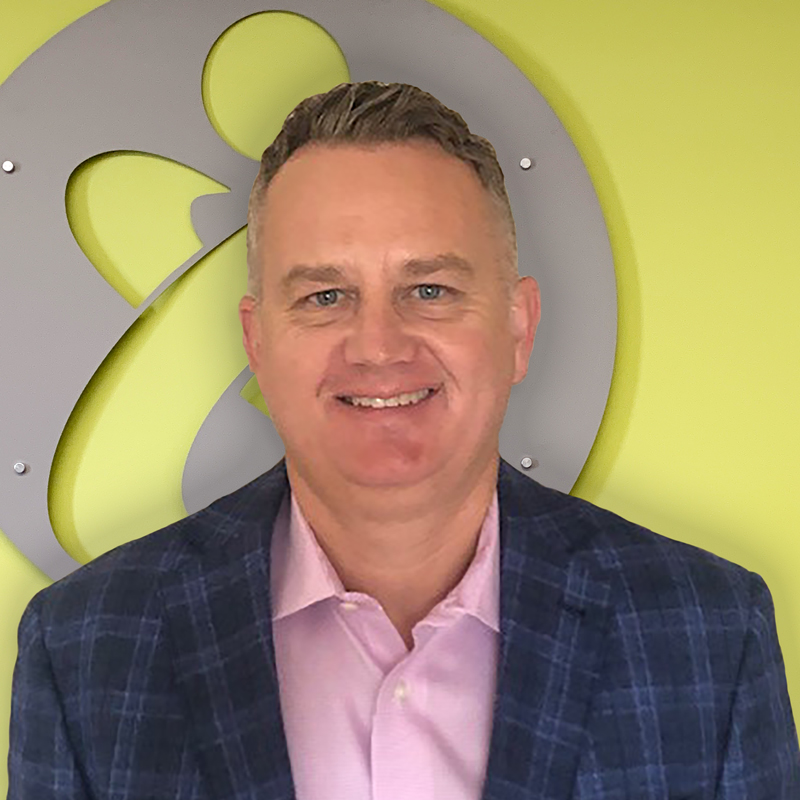Watch the third installment of our four-part series of short videos aimed at helping pooled groups find the right combination of technology and services to grow their business. Watch the video below.
Ty Arlint: Hello again from Businessolver, and welcome back to our series on business models for pooled insurance groups. My name is Ty Arlington and with me today I've got Ryan Eagle, Vice President of Client Success. How are you doing, Ryan?
Ryan Eagle: Doing great. Thanks for having me, Ty.
Ty Arlint: Excellent. In our last video, we talked about the values of a fully centralized model with Ben Pasker, and Ryan, today I was hoping you could compare and contrast the difference between a fully centralized group versus a fully decentralized group.
Ryan Eagle: Sure thing. First, let's just make it clear that one isn't better than the other. It really all depends on the setup and how they were established in the first place. I would say the biggest difference, Ty, is going to be in the service expectation. A decentralized group is really built on each individual entity, having their own direct contact with either the vendor service provider or the benefits administration technology provider. Each of those relationships is going to feel individual to the group. Now, there may be a centralized committee that's choosing the groups to partner with, but after that it's fully decentralized, where each of those entities is talking directly to the vendor and third parties.
Ty Arlint: That makes sense. So, groups using this model typically rely heavily on benefit administration technology to ensure the growth of their business, right? How important is it for those groups to communicate their needs to potential vendors, and really, what's the cost of not doing so?
Ryan Eagle: Yes, that's a great question. I would say, first and foremost, there has to be an expectation setting before you get into any partnership with the third party if you're decentralized. You have to really understand and know that each of these groups is going to be talking and working directly with those third-party groups or that benefits administration technology. If they're not prepared for that, there's going to be a breakdown of service.
Ty Arlint: More in line with that, what can a pooled group do to set the right expectations when they're going out to select the right service provider that will fit their needs?
Ryan Eagle: Sure. I have a couple ideas. Number one, you should look at what type of project management structure they have in place. Are there clear logical steps to the project plan? What do the timelines look like? Secondly, what kind of process is in place? Is this group built to go through and support quality process time in and time out with each one of these entity groups? Because again, unlike the centralized model, there's not an internal party that is going through and handling consistency in process delivery to each of the groups. I'd say the last piece of it is going to be built around what kind of flexibility the platform has. Can the technology meet each of the individual groups where they want to be met, and with that, does that service team know how to support those groups? I would even recommend that they get to meet the service team before making a decision.
Ty Arlint: Okay. That's great advice. So really, the last question I have for you Ryan. In the last video, we talked to Ben about the centralized groups and he made a comment about a fully centralized model. He mentioned the importance of having a single-source provider. Does that concept ring true with the decentralized groups?
Ryan Eagle: Yes, absolutely. If you have to go through multiple databases or multiple technology portals, you immediately increase your risk. From a risk mitigation standpoint, having a single source for enrollment eligibility, payroll, billing, the consolidation of the billing, even into COBRA and retiree services, that single point of contact is extremely important. Not having to log into multiple places is a huge win.
Ty Arlint: Excellent. Ryan, thanks for your time today. To the audience, we're out of time. We've got one more video left in the series. I hope you can join us. It's going to be an interesting conversation around a hybrid model that really takes the fully centralized and decentralized model and combines them in many different ways. Last thing, make sure that you subscribe to the Businessolver blog so that you know when the next video comes out. We hope to see you there. Thanks, and have a great day!
Watch the next episode here: Navigating the Middle Ground Between Centralized and Decentralized Pooled Insurance Groups
Miss the first and second videos? Watch them below:
Why Your Pooled Group's Business Model Matters: An Introduction
Understand the Support You Need for Your Centralized Pooled Insurance Group
Also, check out our e-book on pooled insurance groups below!



